5 common mistakes when implementing corporate language training (and how to avoid them)

Setting up a language training programme for employees may seem simple… but many companies make mistakes that reduce its effectiveness.
Based on its experience with international companies and institutions, CLL shares the 5 most common pitfalls – and the solutions to avoid them.
Objectives that are too vague
Mistake: launching training without specifying the expected use (“improve English”).
Consequence: progress difficult to measure.
CLL solution: an initial assessment to set clear objectives (writing emails, running a meeting, welcoming clients).
Groups that are too heterogeneous
Mistake: mixing beginners with advanced learners.
Consequence: demotivation for some, boredom for others.
CLL solution: systematic level test (oral and written) to create homogeneous groups.
A rigid, unsuitable format
Mistake: offering only face-to-face training.
Consequence: absences, dropouts.
CLL solution: flexible formats (in-person, videoconference, hybrid, e-learning).
Neglecting follow-up and motivation
Mistake: relying solely on the trainer, without HR follow-up.
Consequence: decreasing engagement.
CLL solution: regular assessments, reports for HR, recognition of progress.
Choosing only based on price
Mistake: selecting the cheapest offer.
Consequence: uneven quality, disappointing results.
CLL solution: experienced trainers, qualitative monitoring, long-term support.
👉 Are you preparing a language training programme for your teams?
Contact us for an offer tailored to your company’s needs


